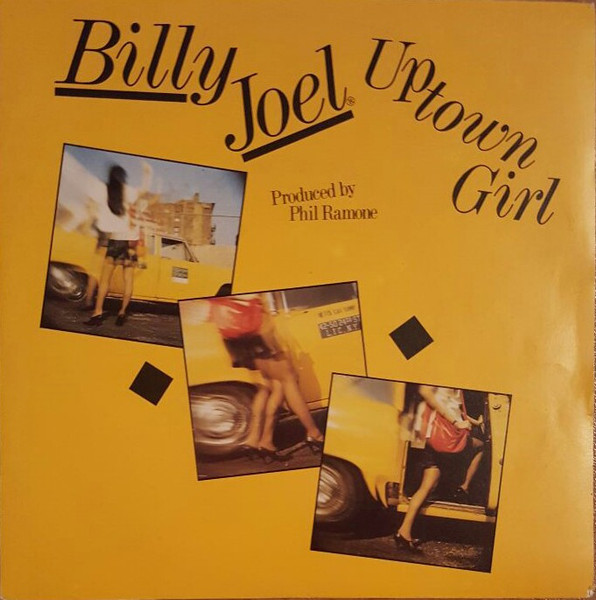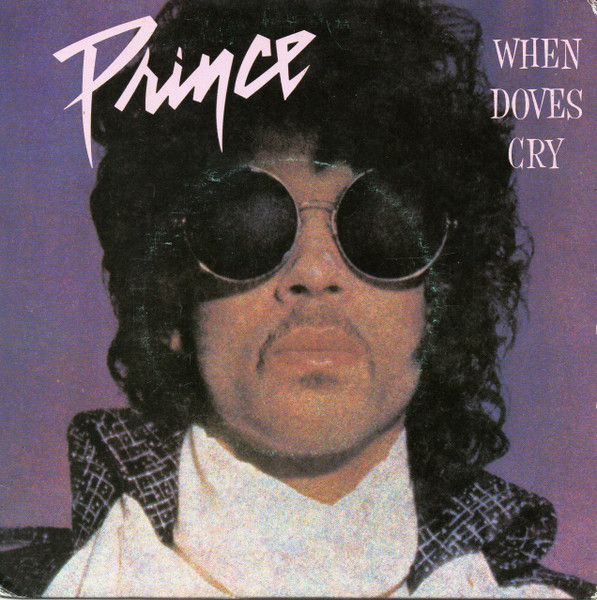 The mid-to-late 1980s were a turbulent, electric era in rock music, defined by the clash of glam metal spectacle and the raw energy of hard rock rebellion. Amid this vibrant musical landscape, Guns N’ Roses emerged as one of the most provocative and influential bands, blending raw talent with a dangerous charisma that captured the imagination of a generation. In 1987, the band released “Paradise City” as part of their seminal debut album Appetite for Destruction, a track that quickly became an anthem of youthful longing, rebellion, and escapism. With its soaring choruses, blistering guitar riffs, and unforgettable opening lines—“Take me down to the Paradise City / Where the grass is green and the girls are pretty”—the song perfectly encapsulates both the exuberance and the grit that defined Guns N’ Roses at the height of their creative powers.
The mid-to-late 1980s were a turbulent, electric era in rock music, defined by the clash of glam metal spectacle and the raw energy of hard rock rebellion. Amid this vibrant musical landscape, Guns N’ Roses emerged as one of the most provocative and influential bands, blending raw talent with a dangerous charisma that captured the imagination of a generation. In 1987, the band released “Paradise City” as part of their seminal debut album Appetite for Destruction, a track that quickly became an anthem of youthful longing, rebellion, and escapism. With its soaring choruses, blistering guitar riffs, and unforgettable opening lines—“Take me down to the Paradise City / Where the grass is green and the girls are pretty”—the song perfectly encapsulates both the exuberance and the grit that defined Guns N’ Roses at the height of their creative powers.
“Paradise City” stands out as a song that balances chaos and melody, aggression and accessibility. Its lyrics express a yearning for a place of freedom, a haven from the pressures and challenges of everyday life, while musically, it delivers the punchy riffs, thunderous drums, and soaring solos that fans had come to expect from Axl Rose, Slash, and the rest of the band. The track is an emblem of rock excess—big, loud, and unapologetically anthemic—but beneath the surface lies a narrative that resonates universally: the desire to escape, to find one’s place in a chaotic world, and to embrace the intoxicating freedom that rock and roll promises.
Guns N’ Roses and the Birth of a Legend
Formed in Los Angeles in 1985, Guns N’ Roses quickly made a name for themselves with a raw, unfiltered sound that fused punk attitude with hard rock musicianship. By the time Appetite for Destruction was released in 1987, the band had cultivated a reputation for both musical brilliance and volatile energy, making them one of the most anticipated acts in rock music. “Paradise City,” as the closing track on the album, exemplified their ability to merge melody and mayhem, showcasing their unique talent for crafting songs that were simultaneously aggressive, polished, and deeply compelling.
The song represents the perfect synthesis of the band’s musical strengths. Axl Rose’s distinctive, wide-ranging vocals convey both vulnerability and swagger, while Slash’s guitar work alternates between delicate melodic flourishes and blistering solos that push the track’s energy to its limits. Rhythm guitarist Izzy Stradlin and bassist Duff McKagan anchor the song with tight, driving grooves, and drummer Steven Adler propels the track with relentless momentum, creating a sound that is both chaotic and cohesive.
Lyrics and Themes
At first glance, the lyrics of “Paradise City” appear simple: a desire to escape to a place of beauty and freedom. Yet beneath this surface lies a complex emotional landscape. Lines like:
“Take me home, yeah, yeah / Take me down to the Paradise City”
express both longing and nostalgia, a yearning for a simpler, more idealized existence. The song taps into universal desires for freedom, adventure, and belonging, framing these emotions within the urban grit and chaos that typified Los Angeles in the late 1980s.
The duality of the lyrics—between aspiration and reality—mirrors the band’s own trajectory. Guns N’ Roses was a group marked by contradictions: refinement and roughness, melody and aggression, success and self-destruction. “Paradise City” channels these tensions, offering listeners a sonic escape while simultaneously reflecting the band’s lived experience in a world of excess, ambition, and relentless pressure.
Musical Composition and Style
Musically, “Paradise City” is a triumph of composition and arrangement. The song opens with one of the most recognizable riffs in rock history, immediately establishing a sense of movement and urgency. This riff is simultaneously melodic and aggressive, setting the tone for a song that balances accessibility with raw power.
As the track unfolds, it demonstrates a remarkable dynamic range. The verses are tight and propulsive, with rhythmic precision that drives the narrative forward, while the pre-chorus and chorus open up into expansive, anthemic sections. Slash’s guitar solos soar with technical brilliance and emotional intensity, serving as both a musical climax and a vehicle for storytelling. The interplay between instruments is meticulously crafted, allowing each member of the band to contribute to a cohesive yet explosive sonic tapestry.
One of the song’s signature elements is its final section, where the energy escalates into a frenzy of harmonized vocals, galloping guitar lines, and relentless drumming. This coda transforms the track from a rock song into an epic anthem, leaving listeners both exhilarated and breathless. The structure of “Paradise City” demonstrates Guns N’ Roses’ mastery of pacing, tension, and release, solidifying its place as a staple of rock performance and radio play.
Reception and Cultural Impact
Upon release, “Paradise City” was met with critical acclaim and commercial success. It charted prominently in the United States and internationally, becoming a defining moment in the band’s career. Critics praised its combination of melodic sensibility and raw rock energy, noting the song’s ability to appeal to both hard rock purists and mainstream audiences.
The track’s cultural impact extends far beyond its chart performance. “Paradise City” has been featured in countless films, television shows, and sporting events, cementing its status as a universal anthem of rebellion and escapism. Its chorus has become a rallying cry for generations of listeners, a shared expression of desire, freedom, and rock-and-roll vitality. The song’s enduring popularity reflects not only its musical brilliance but also its ability to capture the collective imagination of its audience.
Live Performances and Audience Connection
Live performances of “Paradise City” are legendary, often serving as a climactic moment in Guns N’ Roses’ concerts. The band’s stage presence amplifies the song’s energy, with Axl Rose’s wide-ranging vocals, Slash’s electrifying solos, and the tight rhythm section creating a visceral, immersive experience. Audiences are invited to sing along, clap, and participate in a collective expression of exuberance, transforming the song from a recording into a shared communal event.
The live performance of “Paradise City” embodies the very essence of rock theater: spectacle, musicianship, and emotional resonance. It is a song designed to be experienced in the moment, to inspire awe, and to evoke the thrill of unrestrained energy—a testament to the band’s understanding of the power of performance.
Technical Mastery and Musical Craft
From a technical perspective, “Paradise City” demonstrates Guns N’ Roses’ exceptional musicianship. The guitar work is both intricate and expressive, blending power chords, melodic runs, and harmonized solos with precision and flair. The rhythm section maintains relentless drive, supporting both the lyrical narrative and the soaring guitar lines. Axl Rose’s vocal delivery, with its wide range, dynamic shifts, and emotional intensity, elevates the track beyond a conventional rock song into a timeless anthem.
The production, helmed by Mike Clink, captures the raw energy of the band while emphasizing clarity and balance. Every instrument is given space to shine, yet the ensemble sound remains cohesive, allowing the song’s drama and momentum to unfold naturally. The careful attention to arrangement, dynamics, and sonic texture ensures that “Paradise City” remains compelling decades after its initial release.
Influence on Rock and Popular Culture
“Paradise City” has influenced countless rock bands and musicians since its release. Its combination of melody, aggression, and narrative lyricism set a standard for hard rock and glam-influenced metal. Beyond its musical impact, the song has become a cultural touchstone, synonymous with youthful rebellion, urban longing, and the pursuit of dreams in the face of adversity.
The track’s recognizability and enduring appeal have made it a fixture in popular culture, from video games and commercials to major sporting events. Its chorus, with its aspirational yet grounded message, continues to resonate with listeners, reflecting universal desires for freedom, escape, and connection.
Conclusion: An Anthem for the Ages
Released in 1987, Guns N’ Roses’ “Paradise City” is more than just a rock song; it is a statement of intent, a celebration of excess, and a testament to the power of music to capture the imagination. Its driving riffs, soaring vocals, and anthemic chorus create a song that is at once exhilarating, accessible, and enduringly relevant.
“Paradise City” encapsulates the duality of rock music itself: aggression and melody, chaos and order, longing and celebration. It is a track that invites listeners to lose themselves in its energy, to sing along, and to experience the thrill of unrestrained musical expression. More than three decades after its release, the song remains a cornerstone of Guns N’ Roses’ legacy and a defining anthem of 1980s rock.
With its unforgettable opening lines, explosive instrumentation, and universal themes of escape and aspiration, “Paradise City” continues to inspire, energize, and connect audiences worldwide. It is a song that captures both the spirit of a generation and the enduring allure of rock and roll—a timeless anthem of desire, rebellion, and the pursuit of something better beyond the horizon.


